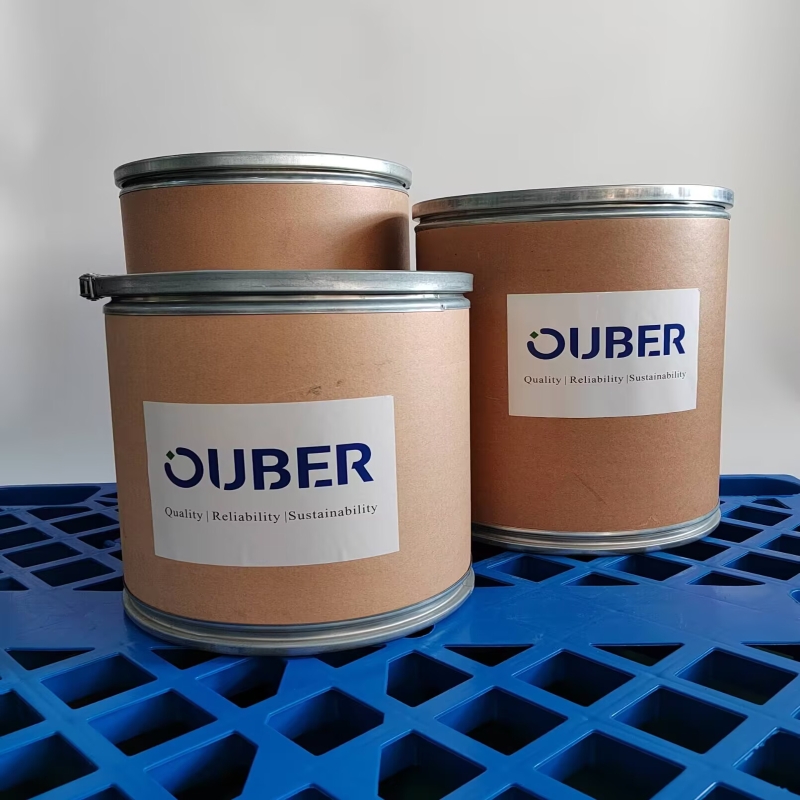-
Categories
-
Pharmaceutical Intermediates
-
Active Pharmaceutical Ingredients
-
Food Additives
- Industrial Coatings
- Agrochemicals
- Dyes and Pigments
- Surfactant
- Flavors and Fragrances
- Chemical Reagents
- Catalyst and Auxiliary
- Natural Products
- Inorganic Chemistry
-
Organic Chemistry
-
Biochemical Engineering
- Analytical Chemistry
-
Cosmetic Ingredient
- Water Treatment Chemical
-
Pharmaceutical Intermediates
Promotion
ECHEMI Mall
Wholesale
Weekly Price
Exhibition
News
-
Trade Service
The dairy industry has been one
areas
-3
in recent years, particularly in butter and milk. While the actual number of dairy products claimed to be
s
-3
has increased over this
5
period, they account for
(
dairy-free alternative beverages
), according to an analysis by
Innova Market Insights
).
of
fell from
2.4%
in the
52 weeks to the end of october
,
, 2008
to
1.5% in the same period in 2013
.While awareness of the potential health benefits of
omega
-3
fatty acids has been growing in recent years, recent claims that legislative tightening has led to a gradual decline in such claims related to special benefits,said
Ann
Williams, creative director of market insight at
Innox.
"
similar to
'
'
-3
high content
'
,
'
containing
'
-3'
Terms such as
,
'
, which are rich in
s
-3'
can continue to be used, but there is very little evidence of heart, brain cognitive systems, eye health, etc., while relying more on existing consumers' understanding of the potential benefits.
”Perhaps more expectations should be given for
s
-3
products, and North America's interest in functional and health products reflects the relative popularity of
s
-3
products in the dairy industry. Not only does the region have the largest number of
s
-3
dairy products (nearly
35%
of the global total), but it also has the highest share of dairy products (
3.8%
), ahead of the healthier Asian market (
2.6%
or more).the
-3
's key dairy products are butter and milk, as of
12
October
2013
months,
products claimed (
or both
) accounted for more than
80
% of the global total using products claimed (or both
or
DHA Although the actual
products
-3
are not very different in the two categories, the meaning is quite different. More than
10%
of butter presentations feature
s
-3
as a feature, compared with
3% of the large milk and milk drinks in the same period
the butter positioning claimed to contain
s
-3
has changed in recent years, from the initial claim to be related to cholesterol maintenance and heart circulation system health to easier positioning, such as
"
protecting the health of the whole family
"
or
"
promoting a healthy life
"
.Spain is the
of
-3
milk in Europe, reflecting the highly developed state of the functional milk category as a whole. Calcium fortification is already very mature and a leader in the functional milk market, but interest in heart-healthy milk has been growing recently, particularly in the
s
-3
product line, which accounted for
6
% of milk roll-outs in the
12
months to october
, 2013across the Atlantic, and in the U.S., interest in -3
fortified milk is growing, according to Innova Market Insights, which showed that as of october2013In the
-
months to December, nearly
8% of
U.S. milk products in the U.S. were
to
-3
, far more than the
3% of global
."
Although there is still no evidence of product activity in
s
-3
fortified dairy products in recent years,
" Williams
concludes that
"
clearly remains of interest in the industry and has potential for future development, especially given the many health benefits associated with it.
”







